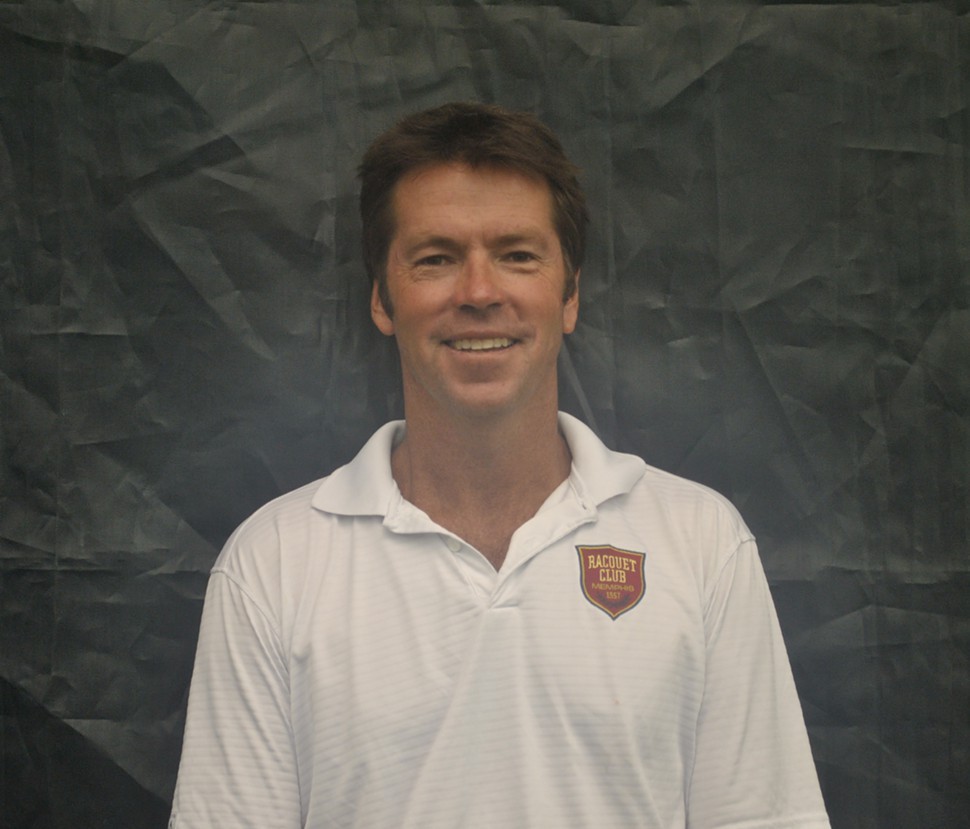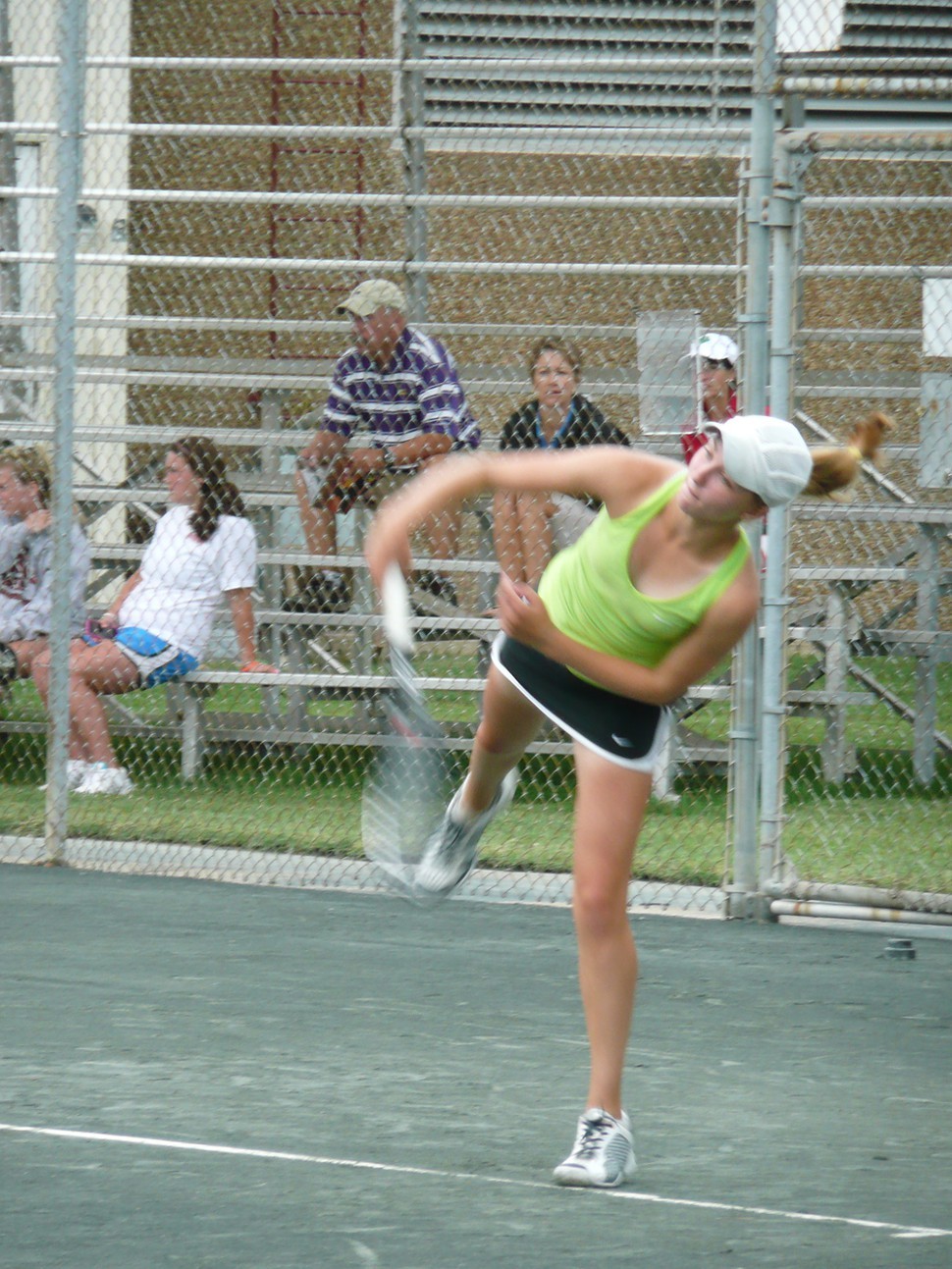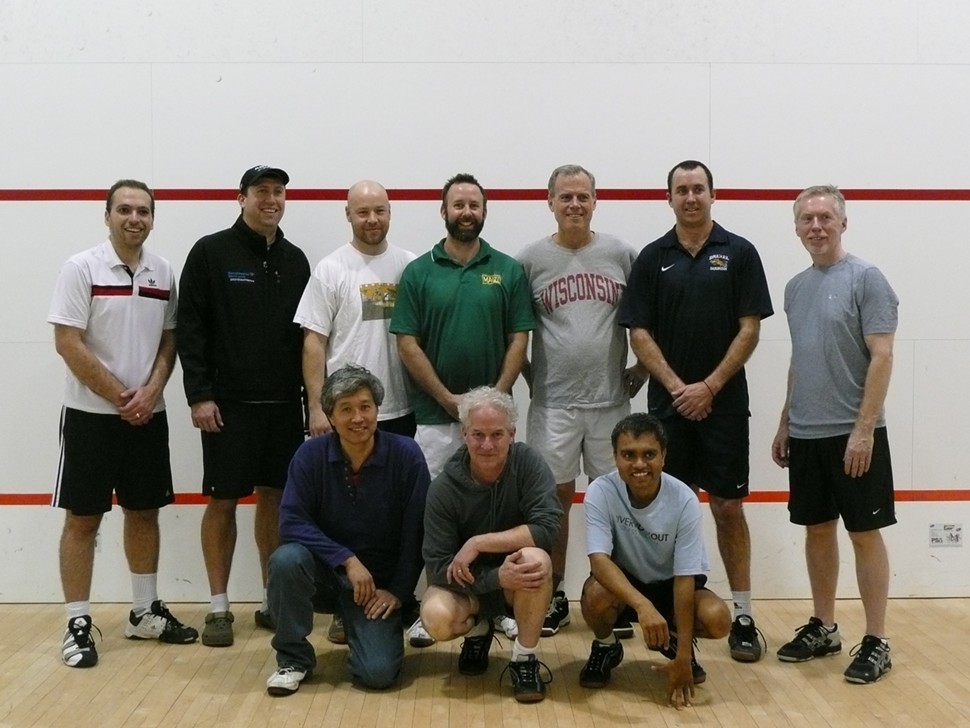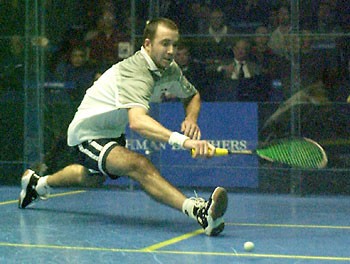Some remarkable athletes are competing in Memphis this week in the USTA Girls 18 National Clay Court Championships at the Racquet Club. As much as I marvel at the talented teens, I wonder about the potential for burnout in this super stressful sport.
The competitors are all type-A personalities with parents and coaches driven to succeed. They’ve been hitting balls under supervision since they were eight years old or younger. They’re aiming not just at this championship but also at a college scholarship (the club is crawling with coaches this week) or a shot at the pro tour. Many of the best players are 14-16-year-olds “playing up” in the 18s to get better competition. The odds are long that the winner will be an 18-year-old, better that the champ will be a 16-year-old if form holds.
I have known an occasional competitor over the years, and they have been remarkably poised and well-adjusted girls. But I also know the potential for burnout as a player, parent, and student of the game. The tournament is played in hellishly hot and humid conditions. I call it the Burnout Fest.
“Burnout is an overused word for when players start to plateau in their performance,” said Peter Lebedevs, tournament director of the Regions Morgan Keegan Championships in Memphis and a former standout junior player in Australia. “I have seen many players claim “burnout” when they start having expectations on their performance and don’t match up with the results.
“The burnout does happen when tennis players are not having a schedule of tournaments and training that is balanced. If they never reset goals or look beyond the next week that’s when they get burnout. It happens at all levels, juniors to pros. In juniors it does happen also when the parents want it more than the kids and they live through their kids. The kids quit because they don’t like the game as much as the parents, they say “burnout” but it’s really they never truly loved the game or the competition.
“The WTA instituted a longer off season to combat this a few years ago and last year the ATP created a longer off season as well. The professional level is addressing it.”
Catherine Harrison, 18, is from Germantown, a suburb of Memphis, and competing in the Girls 18 this week and headed for UCLA for college. She recently returned from playing in the Juniors at Wimbledon and has been playing out-of-town tournaments since she was 10 years old.
“Honestly, some days I go out there and don’t really want to play,” she said. “When I was training in Florida four or five hours a day plus an hour of fitness work, there were some days when it was so difficult to go out there.
“I have been fortunate. Some of my friends in the 12s and 14s just quit because they got sick of it or decided to just play high school tennis. The longest layoff I have taken was this year. I got injured at the Easter Bowl in April and took a month off. By the middle of the second week I was going nuts.”
John White is a former world number-one squash player, current coach at Drexel University, and parent of young athletes. (And a Memphis visitor earlier this year.)
“Burnout happens at all ages. Junior players are pushed too hard by their parents to be the best or to get into a better college. I have witnessed this for the past six years where kids are taken to all the junior tournaments during the season and made to take lessons three or four times a week. They get into college and just do not want to compete anymore. And when they leave college they do not play the game at all!
“Pro players get burned out because of all the travel that goes with playing. I have seen three top players burn out from overtraining and not letting the body recover well enough. These players ended up with Chronic Fatigue Syndrome and had to stop playing the tour. Their bodies burned out and broke down so much that they could not do exercise for more than 20 minutes a day.
“I myself took four months off the game during my career because I was tired of all the travel and I was getting fed up with the game! I got a job and did not play squash at all but did do a little fitness away from the court. I got the bug back after the break and have not stopped since.”
Former racquetball pro Steve “Bo” Keeley, author of “Executive Hobo: Riding the American Dream,” says he had three ways of coping with burnout.
“I would cross-train in handball, squash, tennis or paddleball. Or I would leave the primary sport, in this case racquetball, for six days of the week exercising off courts in bicycling, weights, running and returning one day weekly to the primary sport. The third method was to play opposite handed five out of seven days of the week, and regular handed on two days spaced through the week.”
An ordinary player in racquetball, tennis, and squash, I never trained intensively and always switched to a seasonal sport such as basketball or baseball when I was young. But I got tennis burnout when I was in my late 40s. Until then, I had been improving as an adult player, but I hit the wall, lost my confidence, and with it my enjoyment of the game. The game was beating me. I discovered squash, achieved a higher level of mediocrity, and now switch back and forth between tennis and squash when I get frustrated at one or the other.



